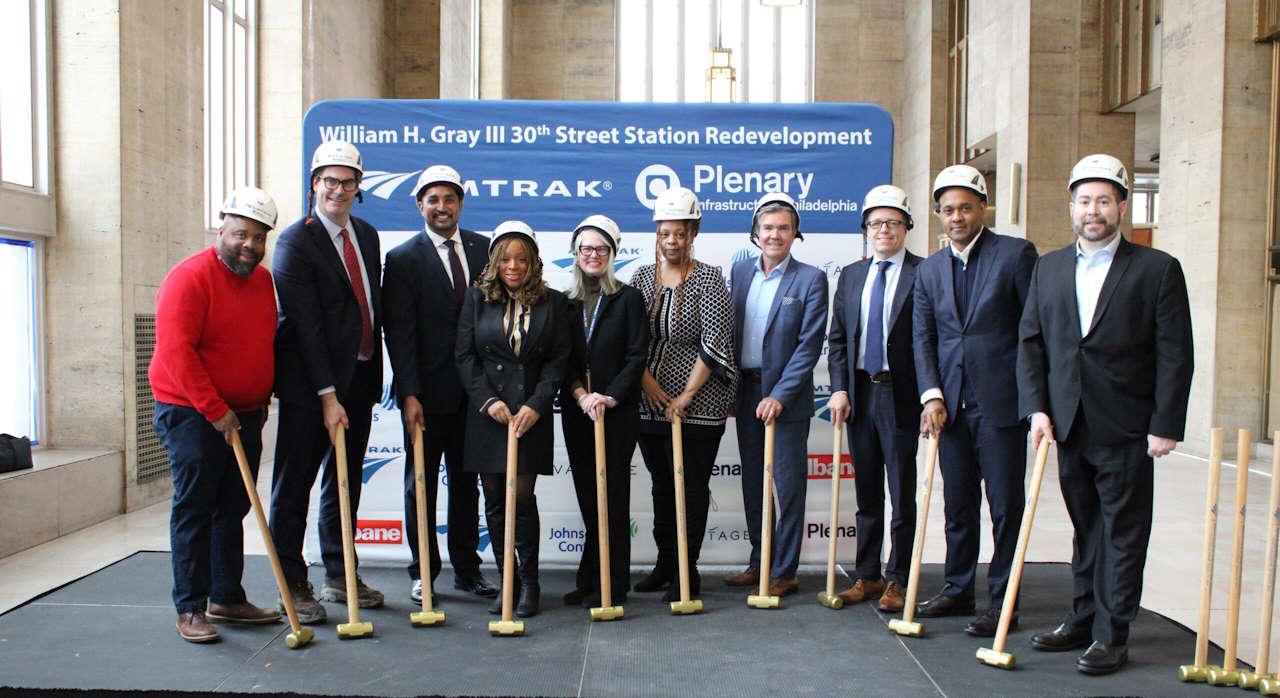In 1965, President Lyndon B. Johnson signed a law — the High-Speed Ground Transportation Act — that seemed to pave the way for a national high-speed rail system in the United States. “An astronaut can orbit the earth faster than a man on the ground can get from New York to Washington,” he lamented at the time. Sixty years later, it still takes about three hours to travel between the two cities — a period about twice as long as a single orbit of the International Space Station.
High-speed rail in the United States is still years away. But projects across the country, from Washington State to Texas, suggest a growing enthusiasm for faster train service. These efforts are relatively modest in size, proposing to connect two or three cities at a time. But that may be precisely what makes them feasible.
Under the Trump administration, high-speed rail is unlikely to receive additional support from the federal government. “There should be a federal program,” said Rick Harnish, executive director of the High Speed Rail Alliance. “But in the current circumstances, states need to do what they can on their own.”
High-speed rail 101
Andy Kunz, president of the U.S. High Speed Rail Association, estimates that only about two dozen countries across the world now have high-speed rail, which he said typically refers to train systems that go at least 186 miles an hour. Almost all of them are in Western Europe or East Asia. The only high-speed rail in Africa is the Al-Boraq in Morocco. There is no high-speed rail in the Americas yet.
Ordinary tracks cannot simply be repurposed for high-speed rail, Mr. Kunz explained. The speeds involved require a “sealed corridor” with grade separation — features like overpasses and underpasses that prevent cars and pedestrians from having to cross in front of a bullet train. A high-speed train can’t nimbly wend its way through the landscape — it needs long straightaways, gradual slopes and gentle turns.
The fastest trains in the U.S. right now

Right now, the Amtrak Acela train is the fastest rail line in the United States, reaching speeds of 150 miles per hour. Amtrak is preparing to roll out updated NextGen Acela trains along the Northeast Corridor sometime this year. But the new trains’ top speed will be only 160 miles per hour.
Even if Amtrak spends billions on upgrades, Acela will never really be in the high-speed game. That is partly because Acela travels on ancient tracks that pass through dense population centers crowded with other infrastructure. Old bridges and tunnels create choke points. Freight and commuter lines jostle for access. “Amtrak is building a rail system for the 1890s,” said Representative Seth Moulton, Democrat of Massachusetts.
Brightline — the private rail line now running between Orlando and Miami — is the next-fastest line after Acela, topping out at 125 miles per hour. Because it lacks grade separation, accidents have plagued the line. But as Michael Kimmelman notes, Brightline has become a popular option for many Floridians and tourists.
Pending rail projects
Brightline West
In 2024, an offshoot of the company that built the Orlando-Miami train line broke ground on Brightline West, a 186-mile-per-hour train that will link Las Vegas to Rancho Cucamonga, Calif. The line, which is expected to cover 218 miles, will be built on a strip of land between the north- and southbound lanes of the I-15, so it does not have to go through the costly process of negotiating rights of way with private landowners. Environmental reviews are over and done with, and passenger service is expected to begin in late 2028.
“This one is super easy to build, because it’s a wide open desert,” Mr. Kunz explained. “It’s flat,” and few people live in the harsh desert region through which the train will pass.
Read more in Michael Kimmelman’s story about Brightline.
California High-Speed Rail

“California is the first place in our nation where we will see a true high-speed rail system,” Arnold Schwarzenegger, then governor of the state, vowed in 2009. The initial phase of the project, connecting San Francisco to Los Angeles at 220 miles per hour, was supposed to have opened in 2020, and go all the way from Sacramento to San Diego by 2027.
New York Times

